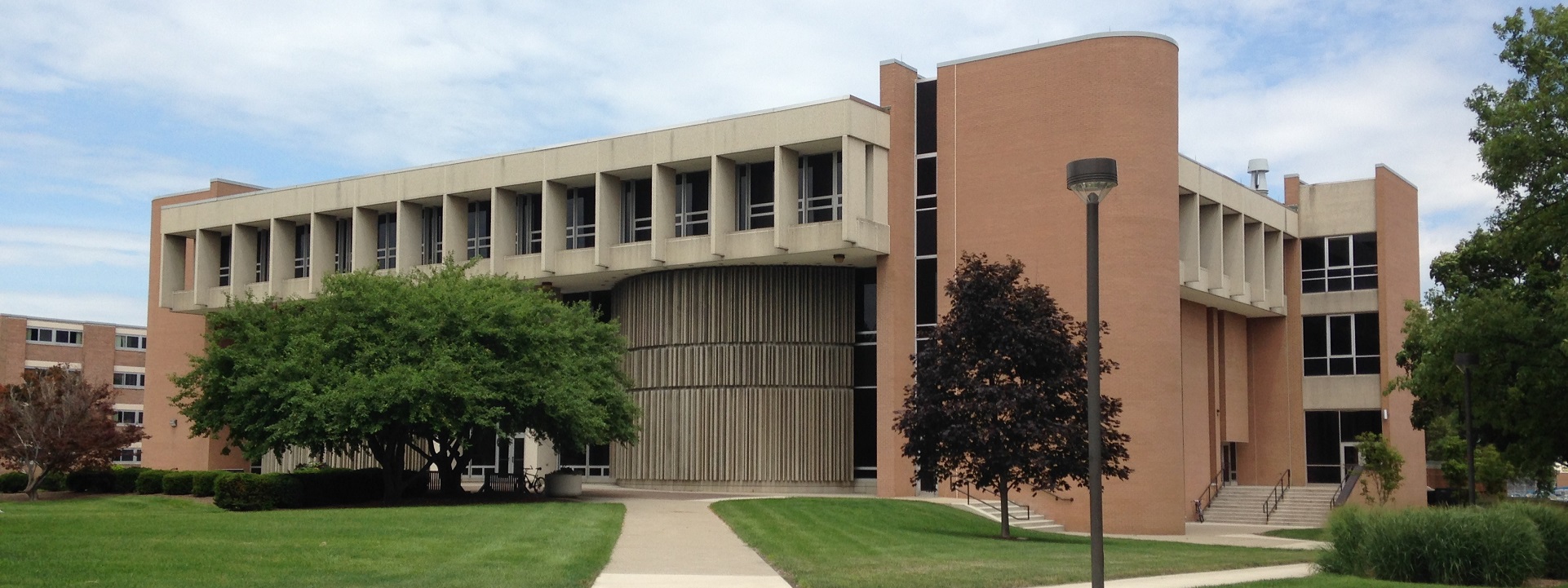
Most nations follow the day/month/year format (07/01/19 for January 7, 2019, for example), but the United States adheres to its own format of month/day/year (1/7/19 or 1/7/2019). The potential for misinterpreting dates across national boundaries is the logic for ISO 8601:2019 – Data Elements And Interchange Formats – Information Interchange – Representation Of Dates And Times, the ISO format for dates represents year, month, and day from the largest unit to the smallest, most specific unit of time. The ISO date format is the date format used in SQL and is the default date setting on many computers.
ISO 8601-1:2019 Date And Time – Representations For Information Interchange – Part 1: Basic Rules
More
How the ISO Date Format Tells Today
Date and time formats used in HTML
At least twice a year, and during performances with flame effects, public safety departments in colleges and universities have an elevated concern about campus citizen safety, and the safety of the host community, when fireworks are used for celebration. We find very rigorous prohibitions against the use of fireworks, weapons and explosives on campus. Education and enforcement usually falls on facility and operation campus safety units.
That much said, we follow development, but do not advocate in NFPA 1123 Code for Fireworks Display, because it lies among a grouping of titles that set the standard of care for many college and university public safety departments that sometimes need to craft prohibitions with consideration for the business purposes of entertainment and celebration in education facilities. NFPA 1123 is not a long document — only 22 pages of core text — but it contains a few basic considerations for display site selection, clearances and permitting that campus public safety departments will coordinate with the host community. It references NFPA 1126, Standard for the Use of Pyrotechnics Before a Proximate Audience and NFPA 160 Standard for the Use of Flame Effects Before an Audience.
Something to keep an eye on. The home page for this code is linked below:
NFPA 1123 Code for Fireworks Display
For a sense of the technical discussions, transcripts of two developmental stages are linked below:
Public comment on 2026 Edition proposed revisions is receivable until May 30, 2024.
We maintain this title on our periodic Prometheus colloquium. See our CALENDAR for the next online meeting.
Issue: [16-134]
Category: Public Safety
Colleagues: Mike Anthony, Jack Janveja, Richard Robben
More
2024 Update: NIST Awards Funding to 8 Universities to Advance Standards Education
The Standards Coordination Office of the National Institute of Standards and Technology conducts standards-related programs, and provides knowledge and services that strengthen the U.S. economy and improve the quality of life. Its goal is to equip U.S. industry with the standards-related tools and information necessary to effectively compete in the global marketplace.
Every year it awards grants to colleges and universities through its Standards Services Curricula Cooperative Agreement Program to provide financial assistance to support curriculum development for the undergraduate and/or graduate level. These cooperative agreements support the integration of standards and standardization information and content into seminars, courses, and learning resources. The recipients will work with NIST to strengthen education and learning about standards and standardization.
The 2019 grant cycle will require application submissions before April 30, 2019 (contingent upon normal operation of the Department of Commerce). Specifics about the deadline will be posted on the NIST and ANSI websites. We will pass on those specifics as soon as they are known.
The winners of the 2018 grant cycle are Bowling Green State University, Michigan State University, Oklahoma State University, and Texas A&M University. (Click here)
The University of Michigan received an award during last year’s grant cycle (2017). An overview of the curriculum — human factors in automotive standards — is linked below:
NIST Standards Curricula INTRO Presentation _ University of Michigan Paul Green




Information about applying for the next grant cycle is available at this link (Click here) and also by communicating with Ms. Mary Jo DiBernardo (301-975-5503; maryjo.dibernardo@nist.gov)
LEARN MORE:
Click here for link to the previous year announcement.
New update alert! The 2022 update to the Trademark Assignment Dataset is now available online. Find 1.29 million trademark assignments, involving 2.28 million unique trademark properties issued by the USPTO between March 1952 and January 2023: https://t.co/njrDAbSpwB pic.twitter.com/GkAXrHoQ9T
— USPTO (@uspto) July 13, 2023
Standards Michigan Group, LLC
2723 South State Street | Suite 150
Ann Arbor, MI 48104 USA
888-746-3670
